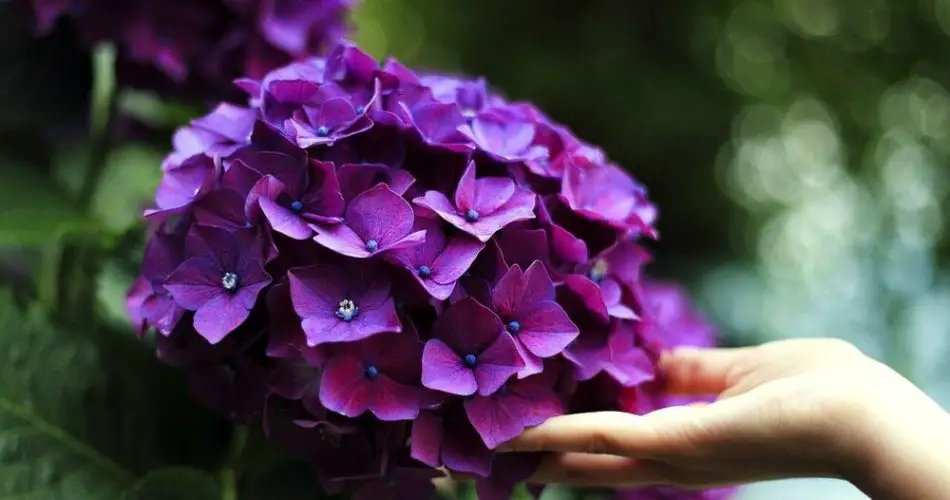Hydrangeas are beloved for their stunning, abundant blooms that add a touch of elegance and charm to any garden or outdoor space. With their lush foliage and vibrant flowers, hydrangeas are a favorite among gardeners looking to create a picturesque landscape. Whether you’re growing hydrangeas in pots on a balcony or in a garden bed, this comprehensive guide will help you cultivate these beautiful flowers and ensure they’re always full of colorful blooms.
Step 1: Choosing the Right Hydrangea Variety
There are several hydrangea varieties to choose from, each with its own unique characteristics and growing requirements. Some popular varieties include:
- Bigleaf Hydrangeas (Hydrangea macrophylla): Known for their large, showy blooms that come in a variety of colors, including blue, pink, and purple.
- Panicle Hydrangeas (Hydrangea paniculata): These hydrangeas feature cone-shaped flower clusters that bloom in white, pink, or red.
- Oakleaf Hydrangeas (Hydrangea quercifolia): Named for their distinctive oak-shaped leaves, these hydrangeas produce cone-shaped flower clusters and offer stunning fall foliage.
- Smooth Hydrangeas (Hydrangea arborescens): These hydrangeas have large, rounded flower clusters that bloom in white or pink.
Choose a hydrangea variety that suits your climate, space, and aesthetic preferences.
Step 2: Selecting the Growing Location
Hydrangeas thrive in partial shade or dappled sunlight, especially in warmer climates. Choose a location in your garden that receives morning sun and afternoon shade, or a spot on your balcony that gets filtered sunlight throughout the day. Ensure the soil is rich, moist, and well-draining to promote healthy root growth and blooming.
Step 3: Planting Hydrangeas in Pots or Garden Beds
If planting hydrangeas in pots, select a container with drainage holes and fill it with a high-quality potting mix formulated for acid-loving plants. Plant the hydrangea at the same depth it was in its nursery container and water thoroughly. For garden beds, dig a hole twice as wide as the root ball and amend the soil with compost before planting.
Step 4: Watering and Maintenance
Keep the soil consistently moist but not waterlogged, especially during hot, dry periods. Water hydrangeas deeply at least once a week, allowing the water to penetrate the root zone. Mulch around the base of the plant to help retain soil moisture and suppress weeds. Prune hydrangeas selectively to remove dead or damaged branches and encourage new growth and blooming.
Step 5: Fertilizing
Apply a balanced, slow-release fertilizer formulated for acid-loving plants in spring, just as new growth begins to emerge. Avoid fertilizing hydrangeas late in the growing season, as this can stimulate tender new growth that may be damaged by frost.
Step 6: Enhancing Flower Color
For Bigleaf hydrangeas, the flower color can be influenced by soil pH. Acidic soil produces blue flowers, while alkaline soil produces pink flowers. To achieve blue blooms, amend the soil with aluminum sulfate. For pink blooms, add lime to increase soil pH. Panicle and Smooth hydrangeas are less influenced by soil pH and typically produce white or pink blooms.
Conclusion
With proper care and attention, hydrangeas can thrive in pots or garden beds, providing you with a continuous display of colorful flowers throughout the growing season. By following these steps and providing your hydrangeas with the right growing conditions, you can enjoy the beauty and charm of these beloved flowers in your outdoor space year after year. Whether adorning a balcony or gracing a garden bed, hydrangeas are sure to delight with their abundant blooms and lush foliage.

